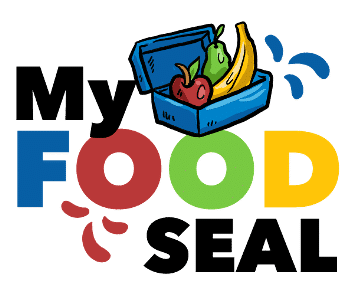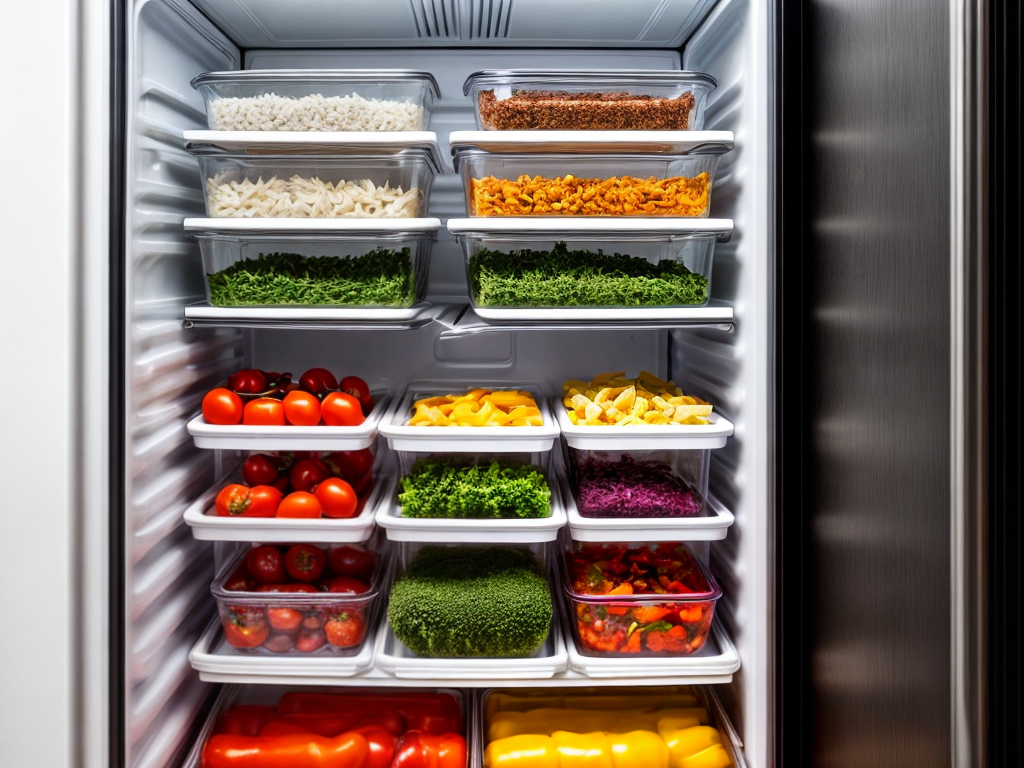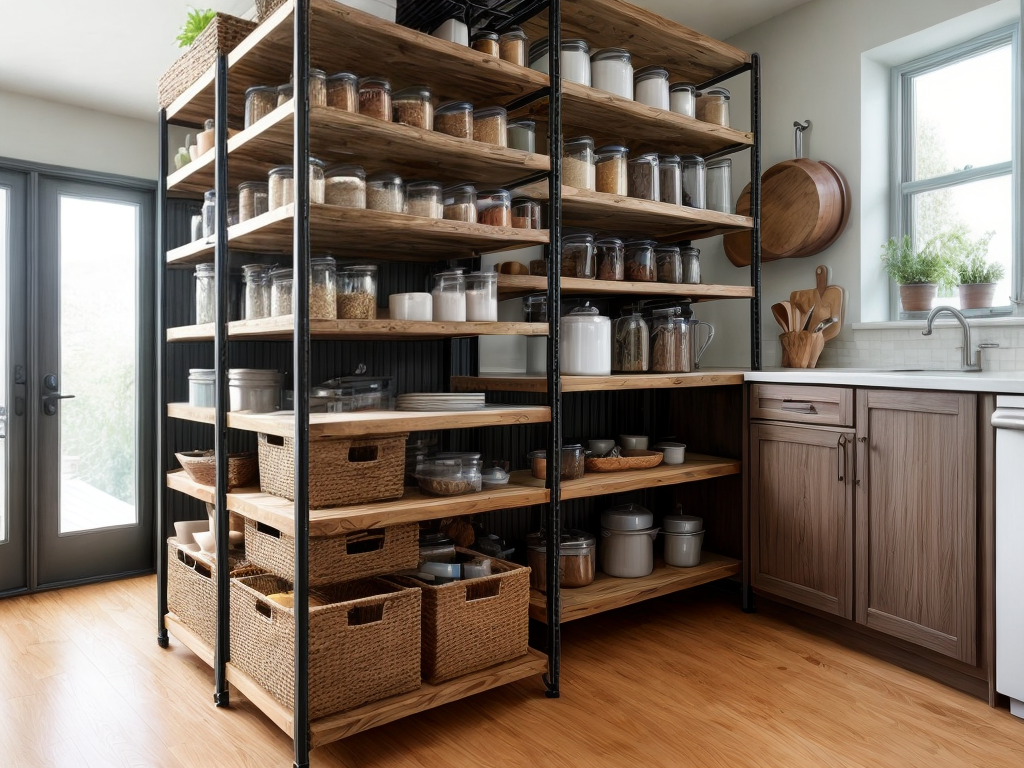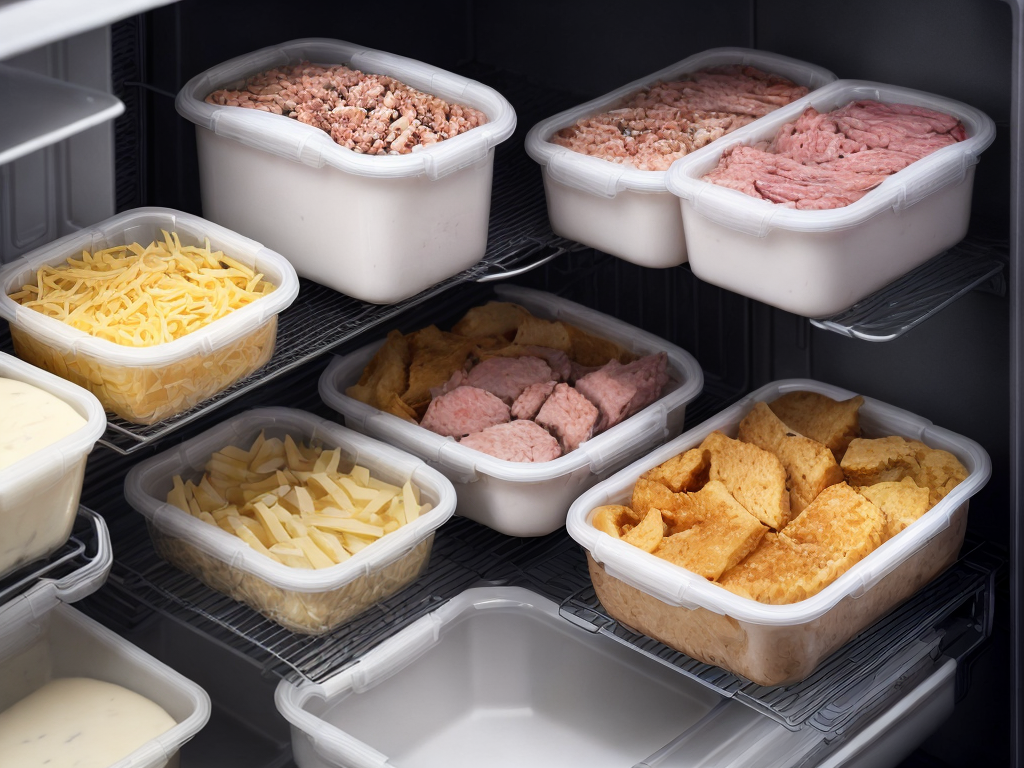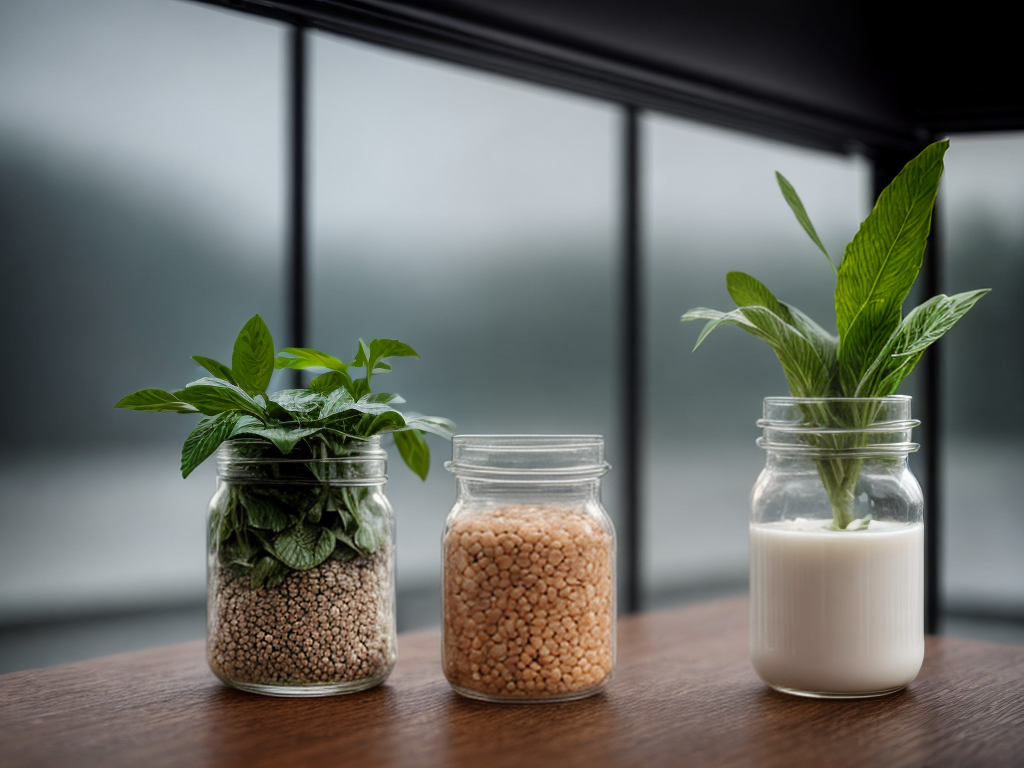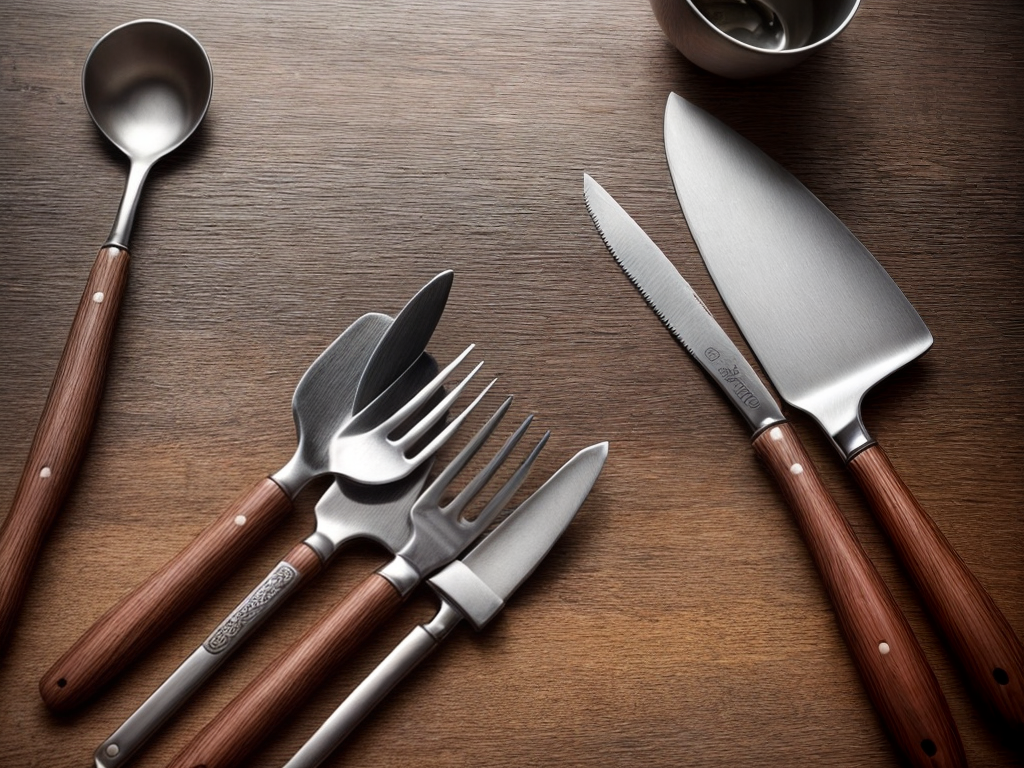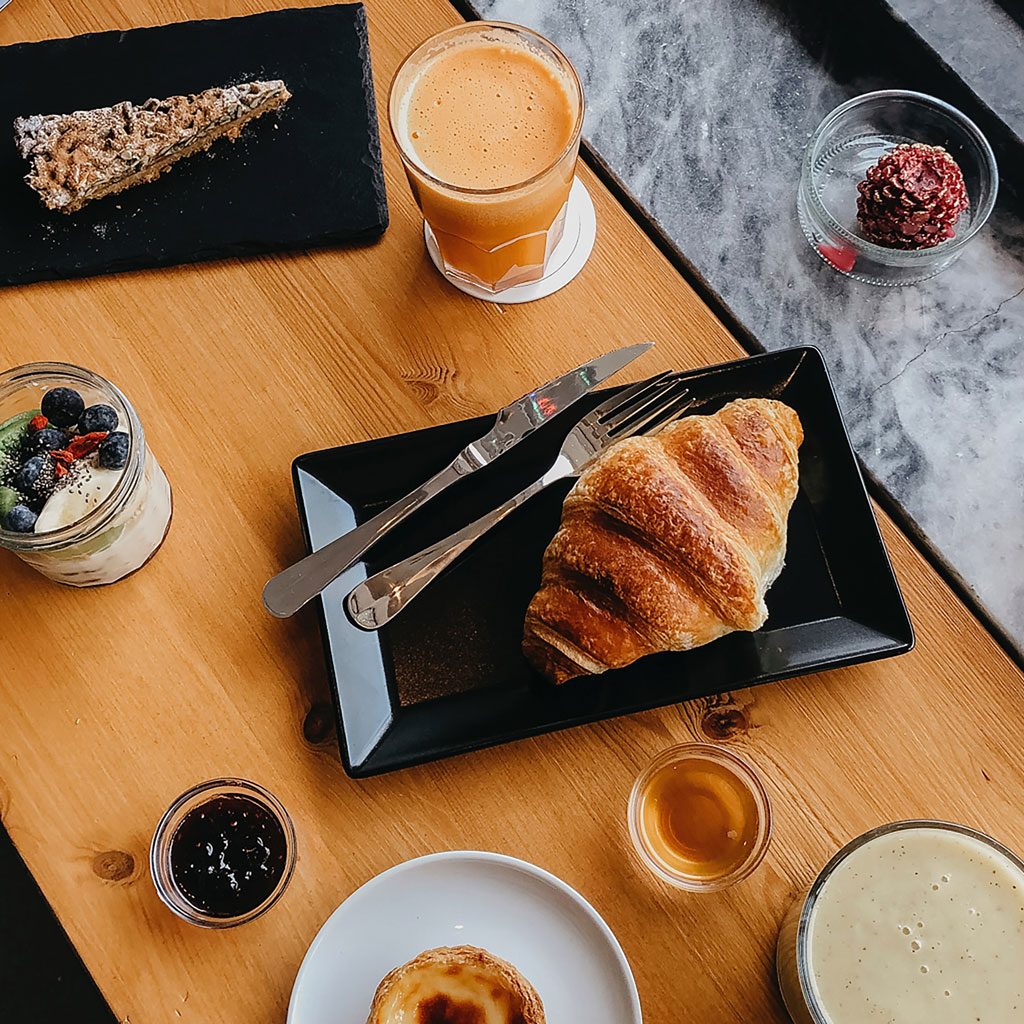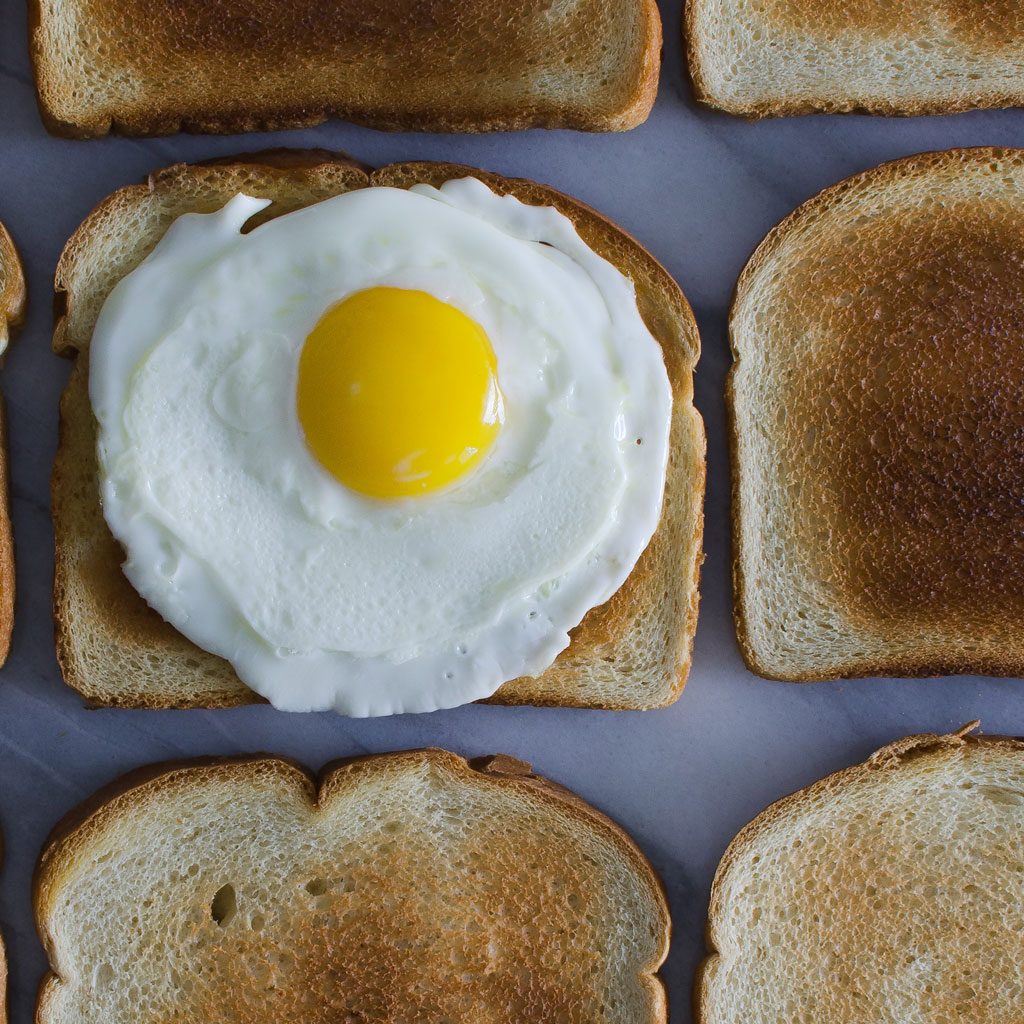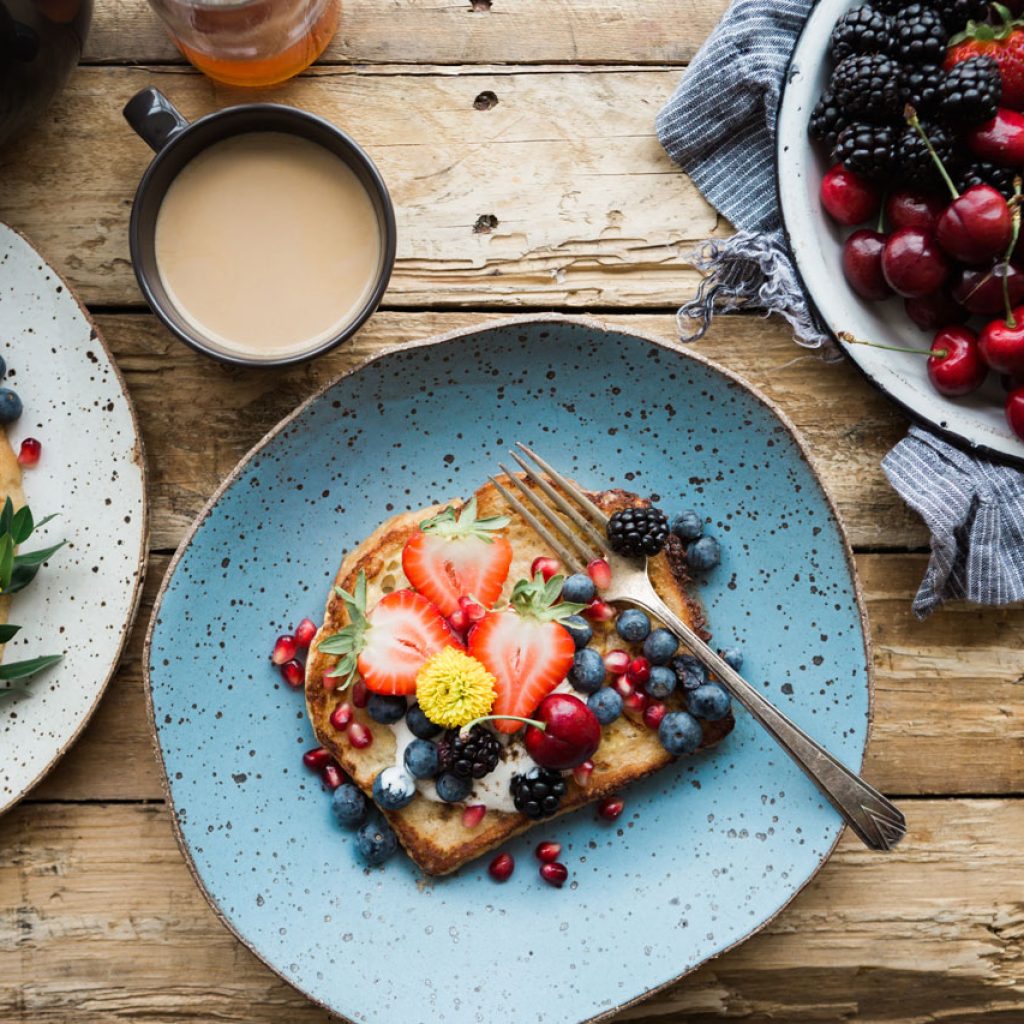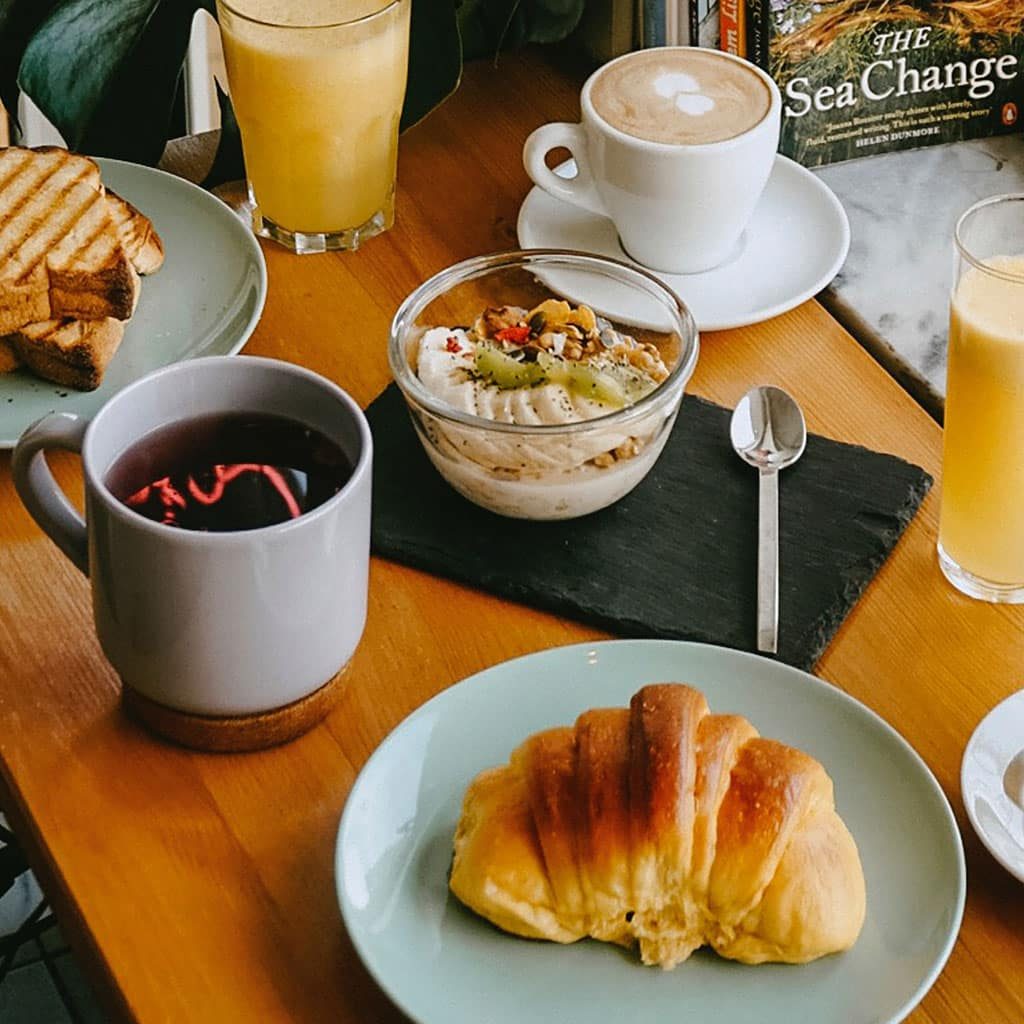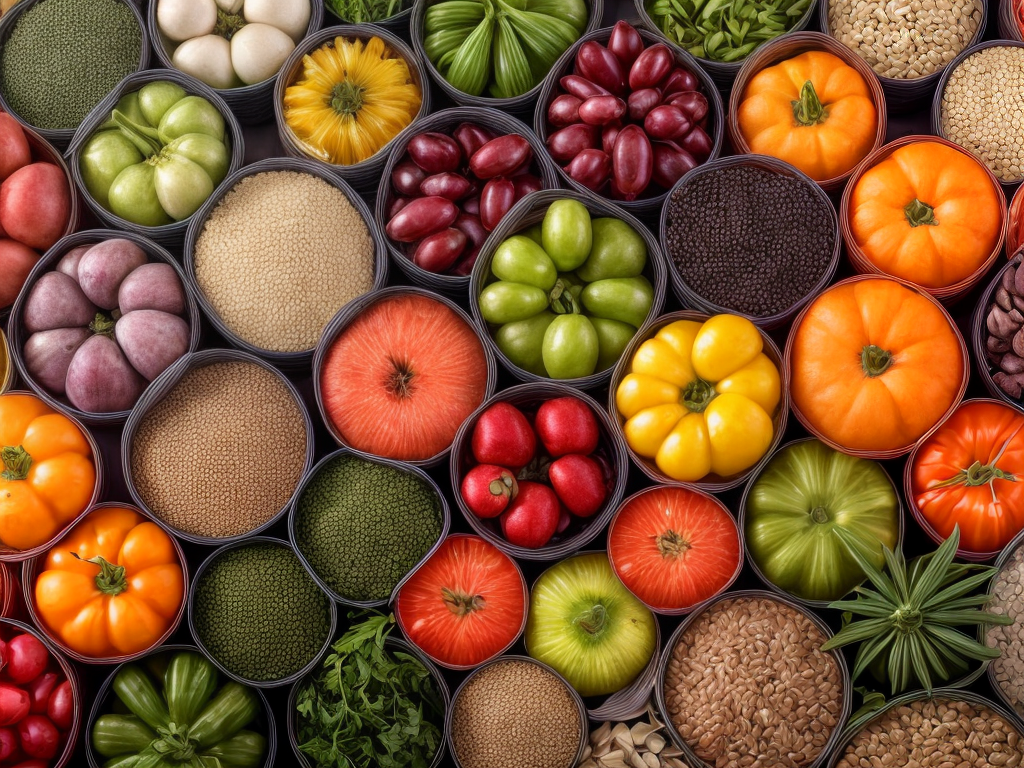
Coincidentally, as I was unpacking my groceries the other day, I couldn’t help but notice the excessive amount of plastic packaging that ended up in my trash bin. It got me thinking about the environmental impact of our food storage choices. Is there a way to store our food in a more eco-friendly manner? The answer is yes, and in this discussion, I will explore the benefits of eco-friendly packaging, from compostable containers to sustainable alternatives to plastic bags. Join me as we explore innovative solutions for reducing waste and preserving the planet.
Benefits of Eco-Friendly Packaging
There are numerous benefits associated with using eco-friendly packaging for food storage. In recent years, eco-friendly packaging trends have gained significant traction due to the growing awareness of the environmental impact of packaging materials. Choosing eco-friendly packaging options can have a positive effect on the environment and your overall sustainability efforts.
One of the key benefits of eco-friendly packaging is the reduction of waste. Traditional packaging materials, such as plastic and Styrofoam, contribute to the ever-increasing amount of waste in landfills. By opting for eco-friendly alternatives, such as biodegradable or recyclable materials, you can help minimize the environmental impact and promote a more sustainable future.
Another advantage is that eco-friendly packaging often uses fewer resources during production. This means less energy consumption and fewer greenhouse gas emissions. By reducing the carbon footprint associated with packaging, you can contribute to mitigating climate change and preserving our planet for future generations.
Furthermore, eco-friendly packaging can also enhance your brand image. In today’s environmentally conscious society, consumers appreciate and support businesses that prioritize sustainability. By adopting eco-friendly packaging practices, you can attract a wider customer base and differentiate yourself from competitors.
Compostable Containers for Food Storage
Compostable containers for food storage offer numerous benefits for both the environment and consumers. These containers are made from various compostable materials such as plant fibers, bamboo, and bioplastics, which break down naturally without releasing harmful substances. Proper disposal methods involve composting the containers in a commercial composting facility or backyard compost bin, ensuring they can be transformed into nutrient-rich soil for future use.
Benefits of Compostable Containers
Using environmentally-friendly containers for food storage offers numerous benefits. Here are four key advantages of using compostable containers:
-
Reduced environmental impact: Compostable containers are made from renewable resources, such as plant-based materials, which helps reduce the consumption of fossil fuels and lowers carbon emissions. They also break down naturally, minimizing waste in landfills.
-
Improved soil quality: Compostable containers can be composted along with food waste, creating nutrient-rich compost that can be used to enrich soil. This helps to improve soil quality, promote healthy plant growth, and reduce the need for chemical fertilizers.
-
Preservation of natural resources: By using compostable containers, we reduce our reliance on non-renewable resources like petroleum-based plastics. This helps to conserve natural resources, protect ecosystems, and support a more sustainable future.
-
Support for circular economy: Compostable containers can be easily composted and returned to the earth, completing a circular system. This supports the principles of a circular economy by reducing waste and promoting the reuse of materials.
Types of Compostable Materials
To understand the various types of compostable materials used for food storage containers, it is important to explore their unique attributes and benefits. Compostable containers are made from sustainable materials that can break down naturally, reducing waste and minimizing environmental impact. These biodegradable packaging options offer a more eco-friendly alternative to traditional plastic containers.
Here is a table that provides an overview of some common types of compostable materials used in food storage containers:
| Material | Attributes | Benefits |
|---|---|---|
| PLA (Polylactic Acid) | Derived from renewable resources such as cornstarch or sugarcane | Non-toxic, heat-resistant, and versatile |
| Bagasse (Sugarcane Fiber) | Byproduct of sugarcane processing | Sturdy, microwavable, and oil-resistant |
| Mushroom Packaging | Made from agricultural waste and mushroom mycelium | Biodegradable, lightweight, and insulating |
These compostable materials offer a sustainable solution for food storage, providing durability, versatility, and environmental benefits. Proper disposal methods will be discussed in the next subtopic.
Proper Disposal Methods
Properly disposing of compostable containers used for food storage is essential to ensure their full environmental benefits are realized. Here are four waste management practices to help minimize their environmental impact:
-
Separate compostable containers: Make sure to separate compostable containers from other waste materials. This ensures they can be properly processed and diverted from landfills.
-
Compost at home: If you have access to a composting facility, you can compost your compostable containers at home. This allows the containers to break down naturally and return nutrients to the soil.
-
Check local regulations: Different areas may have specific regulations regarding compostable waste. Check with your local waste management authorities to understand the guidelines and requirements for proper disposal.
-
Educate others: Spread awareness about the benefits of compostable containers and the proper disposal methods. Encourage others to adopt eco-friendly practices and contribute to waste reduction efforts.
Biodegradable Wraps and Covers
Biodegradable wraps and covers offer a sustainable solution for eco-friendly food storage packaging. These biodegradable alternatives are designed to break down naturally over time, reducing the environmental impact compared to traditional plastic wraps and covers. Made from materials such as plant-based fibers or compostable materials, biodegradable wraps and covers provide an effective way to store food while minimizing waste.
One of the key benefits of biodegradable wraps and covers is their ability to be reused. Unlike single-use plastic wraps, these eco-friendly alternatives can be washed and reused multiple times, reducing the amount of waste generated. This not only saves money but also helps to reduce the demand for new packaging materials.
Additionally, biodegradable wraps and covers are often made from renewable resources, such as bamboo or cornstarch. These materials can be grown and harvested sustainably, minimizing the overall environmental impact of the packaging. By choosing biodegradable options, consumers can support the development of a more circular economy, where materials are reused and recycled rather than disposed of after a single use.
Sustainable Alternatives to Plastic Bags
Sustainable alternatives to plastic bags are becoming increasingly popular as consumers seek eco-friendly options for their everyday needs. Here are four sustainable alternatives to plastic bags that can help reduce waste:
-
Reusable fabric bags: These bags are made from materials like cotton, hemp, or jute, which are biodegradable and can be reused multiple times. They are sturdy and can carry heavy loads, making them a great alternative to plastic bags.
-
Biodegradable plastic bags: Unlike traditional plastic bags, biodegradable plastic bags are made from materials that can break down naturally over time. They offer the convenience of plastic bags while reducing their environmental impact.
-
Compostable bags: Made from plant-based materials like cornstarch or vegetable oils, compostable bags break down into organic matter that can be used as compost. They are an excellent option for food waste and other organic materials.
-
Paper bags: Paper bags are a classic alternative to plastic bags. They are made from renewable resources and are easily recyclable. However, it’s important to note that paper bags have their own environmental impact, as they require energy and water to produce.
Innovative Packaging Solutions for Fresh Produce
I want to discuss the innovative packaging solutions that are being developed for fresh produce. These solutions aim to provide sustainable options that reduce waste and environmental impact. From compostable bags made from plant-based materials to reusable containers, there are creative food storage solutions that are both practical and eco-friendly.
Sustainable Produce Packaging
With the increasing demand for eco-friendly food storage solutions, the need for innovative packaging options for fresh produce has become paramount. Sustainable produce packaging plays a crucial role in reducing the environmental impact of food packaging. Here are four innovative solutions that are gaining popularity:
-
Biodegradable packaging: Made from materials such as plant fibers or starch, biodegradable packaging breaks down naturally, minimizing waste and pollution.
-
Compostable packaging: Similar to biodegradable packaging, compostable packaging is designed to be broken down in composting facilities, turning into nutrient-rich soil.
-
Edible packaging: This unique packaging option uses natural materials like seaweed or rice paper, which can be consumed along with the produce, eliminating waste entirely.
-
Reusable packaging: Containers made from durable materials like glass or metal can be reused multiple times, reducing the need for single-use packaging altogether.
Creative Food Storage Solutions
To meet the growing demand for eco-friendly food storage, innovative packaging solutions for fresh produce have emerged. One of the key challenges in storing fresh produce is the limited space available, especially in urban homes. Thankfully, there are now space-saving storage solutions that address this issue. Reusable containers are one such solution. These containers are designed to maximize storage efficiency by utilizing every inch of space. They come in various shapes and sizes, allowing for easy stacking and organization. Additionally, these containers are made from durable materials that can withstand the rigors of everyday use. By opting for reusable containers, not only do we save space, but we also reduce our reliance on single-use plastic packaging, making it a win-win solution for both the environment and our food storage needs.
Eco-Friendly Packaging for Frozen Foods
Frozen food manufacturers are increasingly adopting eco-friendly packaging solutions to reduce their environmental impact. Here are four sustainable packaging options that not only benefit the planet but also help in reducing food waste:
-
Biodegradable Packaging: Biodegradable materials, such as plant-based plastics, are becoming popular choices for frozen food packaging. These materials break down naturally over time, reducing the amount of waste that ends up in landfills.
-
Recyclable Packaging: Many frozen food brands are now using packaging materials that can be easily recycled. Cardboard boxes and paper sleeves are common examples of recyclable packaging options that can help minimize waste.
-
Compostable Packaging: Compostable packaging is made from organic materials that can be broken down into compost, which can then be used as natural fertilizer. This type of packaging is a sustainable alternative to traditional plastic packaging.
-
Minimalist Packaging: Some frozen food manufacturers are opting for minimalist packaging designs that use less material. By reducing the amount of packaging, these brands aim to minimize waste and improve the overall sustainability of their products.
Tips for Choosing and Using Eco-Friendly Packaging
One important aspect to consider when looking for eco-friendly packaging is the choice and use of sustainable materials. Choosing sustainable packaging options is crucial in reducing waste and minimizing the environmental impact of food storage. There are several tips to keep in mind when selecting and using eco-friendly packaging.
Firstly, opt for packaging materials that are made from renewable resources and can be easily recycled or composted. Materials such as cardboard, paper, and bioplastics are great choices as they can be broken down and reused without harming the environment.
Secondly, consider the durability and reusability of the packaging. Look for packaging that can withstand multiple uses, such as glass jars or stainless steel containers. By reusing the packaging, you can significantly reduce waste and save money in the long run.
Additionally, prioritize packaging that is lightweight and compact. This not only reduces material consumption but also minimizes transportation emissions, making it more environmentally friendly.
Lastly, always check for certifications or labels that indicate the sustainability of the packaging. Look for symbols like the recycling symbol or certifications from organizations like the Forest Stewardship Council (FSC) or the Sustainable Forestry Initiative (SFI).
Conclusion
In conclusion, eco-friendly packaging for food storage offers numerous benefits for both the environment and our health. By opting for compostable containers, biodegradable wraps, and sustainable alternatives to plastic bags, we can reduce our carbon footprint and minimize waste. Innovative packaging solutions for fresh produce and frozen foods further contribute to a greener future. When choosing and using eco-friendly packaging, we can make a positive impact on the planet while keeping our food fresh and safe.
